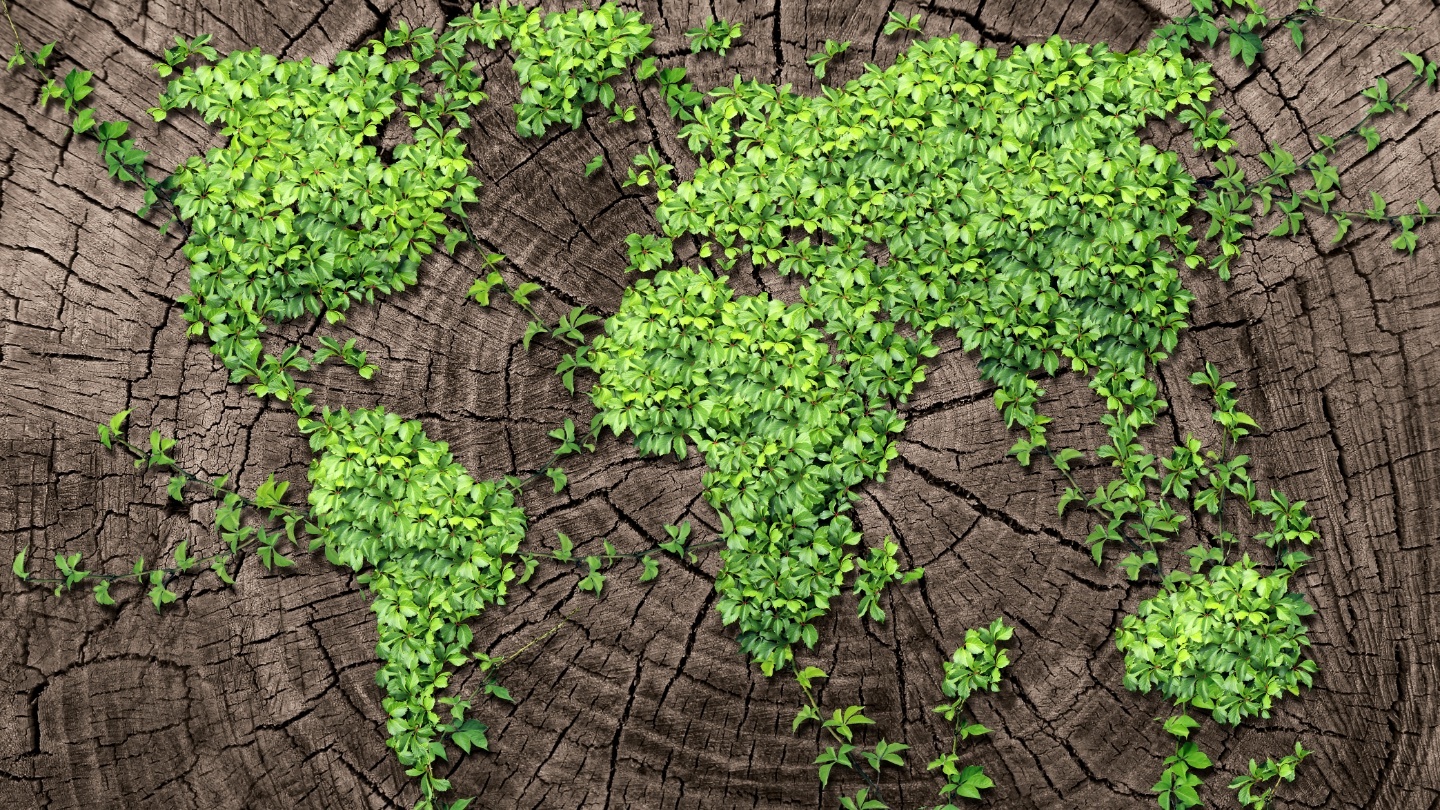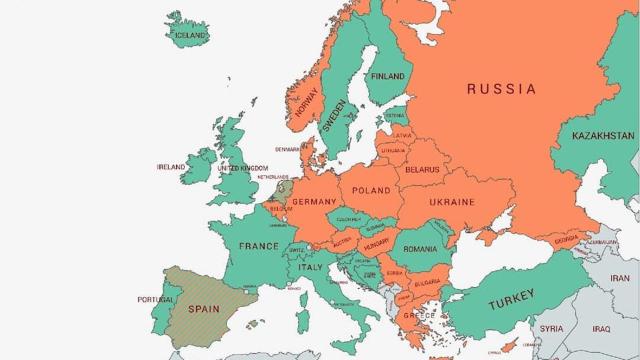Manmade objects now weigh more than all living things on Earth

Credit: aryfahmed via Adobe Stock
- The study compared estimates of the planet’s total biomass (the mass of all living things) with anthropogenic mass, which includes all human-made materials.
- Every year, humans are bringing materials into the world at a higher rate.
- Concrete is the single biggest contributor to anthropogenic mass and it’s a major source of greenhouse-gas emissions, suggesting that finding more sustainable alternatives could help curb climate change.
What’s the weight of all human-made stuff—products, infrastructure, buildings—created each week? According to a new study published in Nature, the answer is roughly equivalent to the body weight of all people on Earth.
The study marks 2020 as a tipping point: This year, human-made mass (or anthropogenic mass) will exceed the planet’s total biomass, which is the mass of all living things. Currently, humans are churning out about 30 gigatons (30,000,000,000 tons) of material a year, and for decades that rate has been growing at a fast clip.
In 1900, for example, anthropogenic mass was just 3 percent of biomass. But every 20 years since, that ratio has at least doubled, gaining pace in more recent decades as industries have been using more geological materials like metals, minerals and rocks.
To measure anthropogenic mass and biomass, the researchers combined previous estimates generated through computer modeling, field surveys and stock-flow modeling, an approach commonly used in macroeconomics research.
It’s hard to determine precise figures; imagine trying to weigh all the cars, trees, whales, butterflies, and bacteria across the planet. Making matters more complicated are water and waste.
The researchers didn’t include waste in anthropogenic mass estimates, nor did they include water in biomass estimates. Without waste and water included in estimates, anthropogenic mass probably won’t exceed biomass for another two decades.
These ballpark estimates highlight humanity’s heavy-handed impact on the planet. Our influence is so great that some scientists think we’ve entered a new epoch: the Anthropocene.
In 2000, the atmospheric chemist Paul J. Crutzen proposed that human activity has ushered us into a new geological epoch.
An epoch is a subdivision of geologic timescale. These broad categories help scientists think about changes on Earth over long periods of time. Currently, Earth is considered to be in the:
- Cenozoic Era — 66 million years ago
- Quaternary Period — 2.6 million years ago
- Holocene Epoch — 11,650 years ago
The Holocene Epoch began at about the time when the planet was warming, glaciers were melting, and humans were beginning the agricultural revolution. Scientists like Crutzen argue that it’s worth distinguishing the Holocene from our present human-driven epoch, the Anthropocene. (Anthro meaning “human”, cene meaning “new”.)
Proponents of the concept note that human activity has caused marked changes and damage to the planet, including the sixth mass extinction, the pollution of oceans and the atmosphere, and large-scale changes to the planet’s terrain through agriculture, dwellings and industry, which currently cover 70 percent of land.

Elhacham et al.
Not all scientists agree with the idea, and it hasn’t been officially accepted by the geological community. These critics generally argue that while humans have left a mark on the planet, it’s not significant or observable enough to warrant the creation of a new epoch. And some take issue with the political motivations that may underlie the concept.
“The proliferation of this concept can mainly be traced back to the fact that, under the guise of scientific neutrality, it conveys a message of almost unparalleled moral-political urgency,” wrote the German philosopher Peter Sloterdijk.
Still, the researchers behind the recent study said the findings give “a mass-based quantitative and symbolic characterization of the human-induced epoch of the Anthropocene.”
But never mind the Anthropocene or Holocene debate: It’s clear that humans are producing a ton of stuff, and that stuff eventually becomes waste. So, what are policymakers and scientists supposed to do with this information?
The recent findings don’t necessarily hold an answer, but they do highlight the single largest contributor to total human-made stuff: concrete. It’s the most widely used material on Earth, and also one of the main culprits in emissions of greenhouse gas.
A 2020 study published in Nature found that, in terms of total emissions contributions, concrete production is responsible for “7.8% of nitrogen oxide emissions, 4.8% of sulfur oxide emissions, 5.2% of particulate matter emissions smaller than 10 microns and 6.4% of particulate emissions smaller than 2.5 microns.”
“If we invented concrete today, nobody would think it was a good idea,” said architectural engineer and panel member Michael Ramage, an architectural engineer and member of Architecture of Emergency, at a 2019 summit. “We’ve got this liquid and you need special trucks, and it takes two weeks to get hard. And it doesn’t even work if you don’t put steel in it.”
In 2018, the Global Cement and Concrete Association issued six Sustainability Guidelines to encourage better practices for the 30 percent of the cement and concrete production companies it represents. Still, it’s unclear the extent to which the industry could make itself more sustainable.
One sustainable alternative building material to concrete is cross-laminated timber, which is as strong as concrete, but is able to store carbon, which could help lower the carbon footprint of buildings.





